 Narrows Bridge
Narrows Bridge
Entry Category: Science and Technology - Starting with N
 Narrows Bridge
Narrows Bridge
Narrows Dam
aka: Lake Greeson
Nashville Sauropod Trackway
Natural Gas
Nematodes
aka: Roundworms
Nematomorpha
aka: Horsehair Worms
aka: Hairworms
Nemertea
aka: Ribbon Worms
 Neuropterans
Neuropterans
 Neuropterans
Neuropterans
Neuropterans
aka: Net-Winged Insects
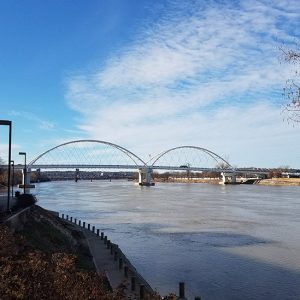 New Broadway Bridge
New Broadway Bridge
 Nimrod Dam
Nimrod Dam
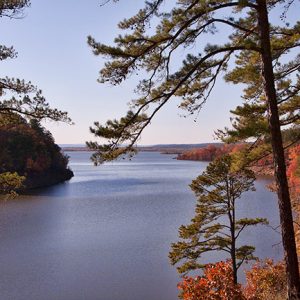 Nimrod Lake
Nimrod Lake
Nimrod Dam and Lake
 Nimrod Dam
Nimrod Dam
 Joe Nix
Joe Nix
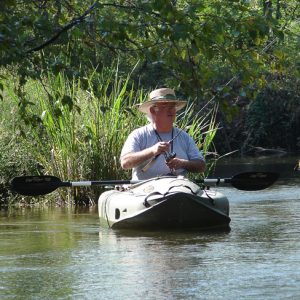 Joe Nix
Joe Nix
Nix, Joe Franklin
Norfork Dam and Lake
 Norfork Dam and Lake
Norfork Dam and Lake
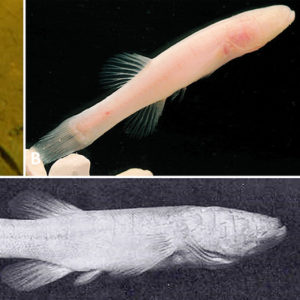 North American Cave-adapted Fishes
North American Cave-adapted Fishes
 North Fork River Railroad Bridge
North Fork River Railroad Bridge
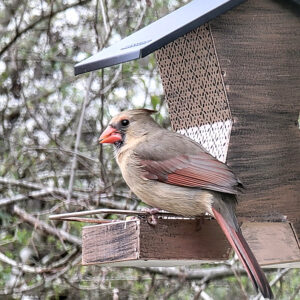 Northern Cardinal
Northern Cardinal




